China Researchers develop a low-cost, high-precision positioning system for a 380-km tunnel network running beneath the Xiong'an New Area.
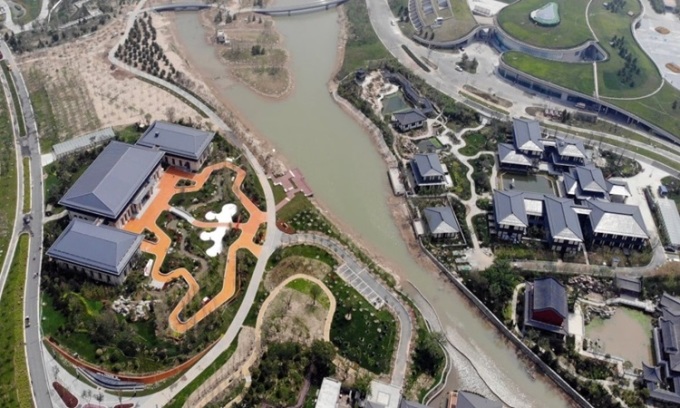
Xiong'an New Area lies above a network of underground tunnels. Photo: Xinhua
A research team at the Beijing University of Posts and Telecommunications (BUPT), led by associate professor Lu Zhaoming, combined China's BeiDou technology and 5G networks to create a positioning system for what will become the world's largest underground city.
Xiong'an is a national-level smart city in Hebei Province, about 120 kilometers from Beijing. The project was launched in 2017 to accommodate businesses, government agencies, and research and development institutions relocated from Beijing. From the design stage, an underground maze was planned to be built under the city. Technical pipelines such as electricity, network lines, gas, and water are laid underground. Highway corridors measuring 4 meters high and 16 meters wide are built to serve the transportation of goods. In addition, there is a large amount of underground parking for residential areas and shopping malls.
Together, they form an underground maze with three main levels and a depth of 22.5 m. In total, more than 380 km of tunnels and 22 km2 of underground parking are under construction. Above this complex is a network of underground roads connecting all above-ground communities and parking lots. When completed, the project will take the record for the world's largest underground city from Montreal. The Canadian megacity has only 32 km of tunnels covering 12 km2. Meanwhile, the underground city in Helsinki, Finland, has about 1 km2 of underground space for every 100 m2 of above-ground area. The ratio in Xiong'an is 1/80.
The scale of the maze poses a particular challenge for navigation, as humans can easily get lost in the vast space. To solve the problem, BUPT's School of Information and Communication Engineering, with experience in 5G and signal positioning, has been leading the research since 2020. "We can make a phone call and view a website in underground space because the mobile phone receives a signal from the signal amplifier," Lu said.
Such amplifiers take a 5G signal from the ground and transmit it through nearby space. The BUPT team used this device as a starting point. If they could transmit BeiDou positioning signals using an existing relay system, they could create a low-cost, accurate underground positioning system. The researchers first developed specialized indoor equipment to boost the weak signal transmitted from satellite to the ground. The device could also filter out irrelevant signals while preventing harmful effects, according to Chu Xinghe, a postdoctoral researcher at BUPT.
But the Beidou system's accuracy of 10 meters above ground is unlikely to be sufficient for underground applications, as parking lots in particular require high positioning accuracy. Therefore, the team developed a positioning algorithm that integrates Beidou satellite signals, 5G signals, and device feedback. The new algorithm achieves unprecedented vehicle location accuracy within 2-3 meters. Combining satellite and 5G signals also poses challenges, with the possibility of interference. Therefore, the team adjusted the filtering capabilities and power parameters to successfully transmit Beidou signals underground without affecting existing communication channels.
After testing the technology on the BUPT campus, field trials in Xiong'an helped refine the navigation system on complex road sections. A vehicle starts receiving navigation instructions as it enters the parking lot, leading it to the correct parking spot. The system has been deployed over an area of over 700,000 square meters underground in Xiong'an.
Compared to other indoor positioning technologies based on Wi-Fi or Bluetooth, the project costs about half as much and has the potential to be expanded to hospitals, commercial complexes, mines, airport terminals and other complex environments. Lu hopes the technology can be deployed in other regions such as Henan, Fujian and Guangdong.
An Khang (According to The Star )
Source link




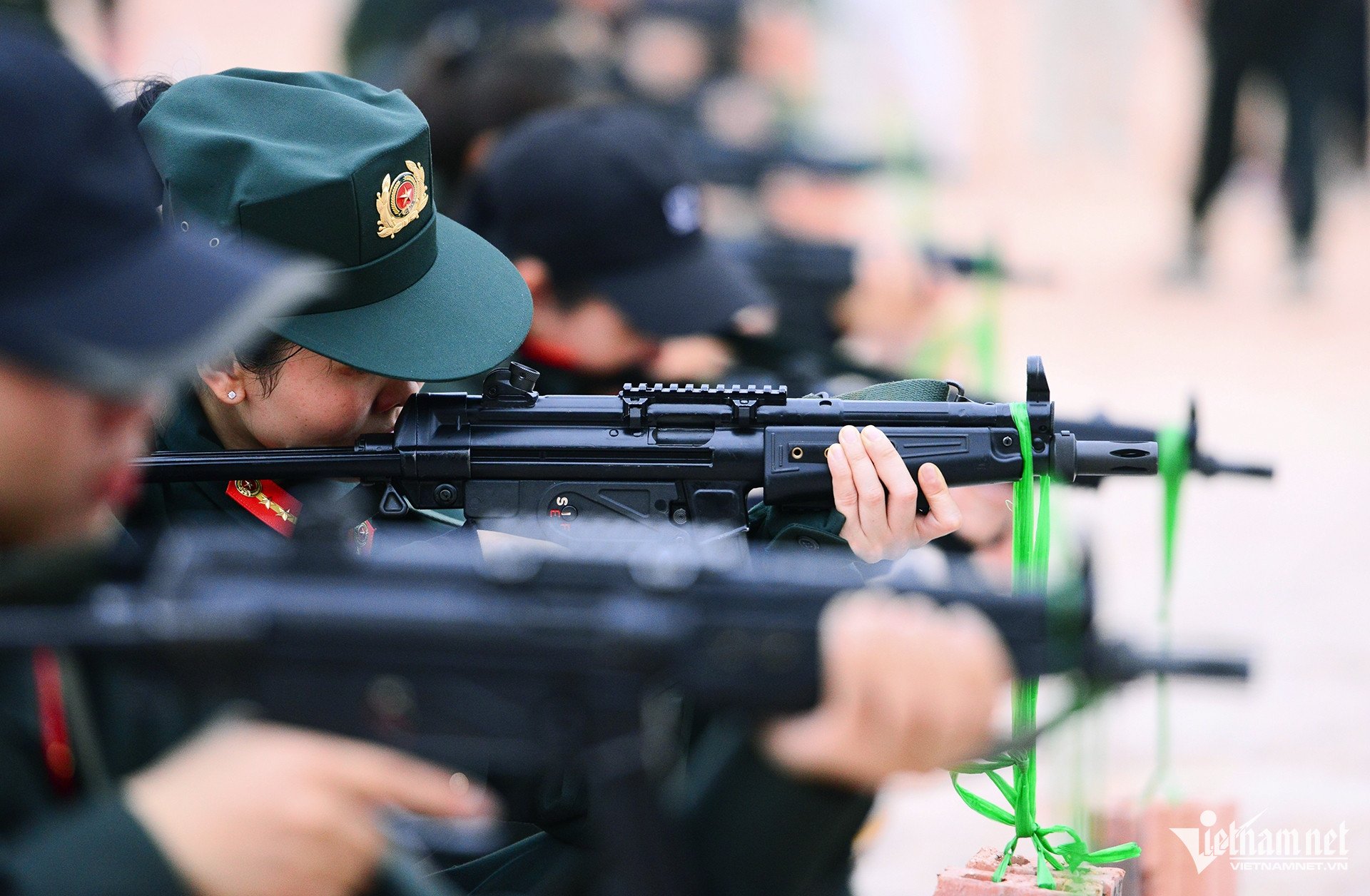









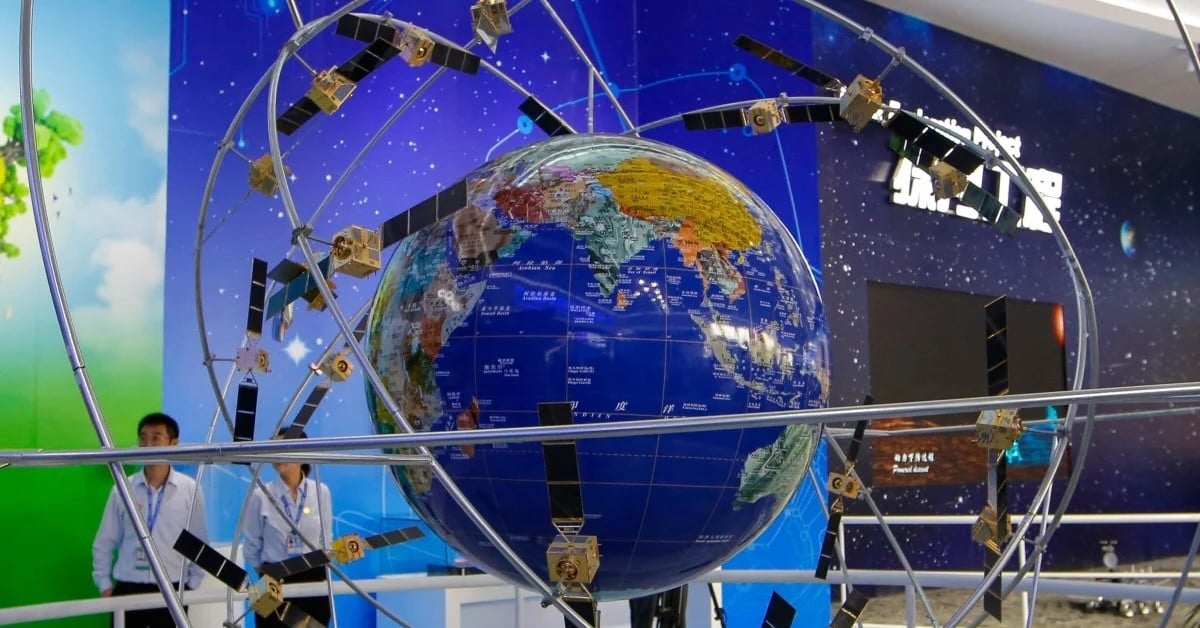

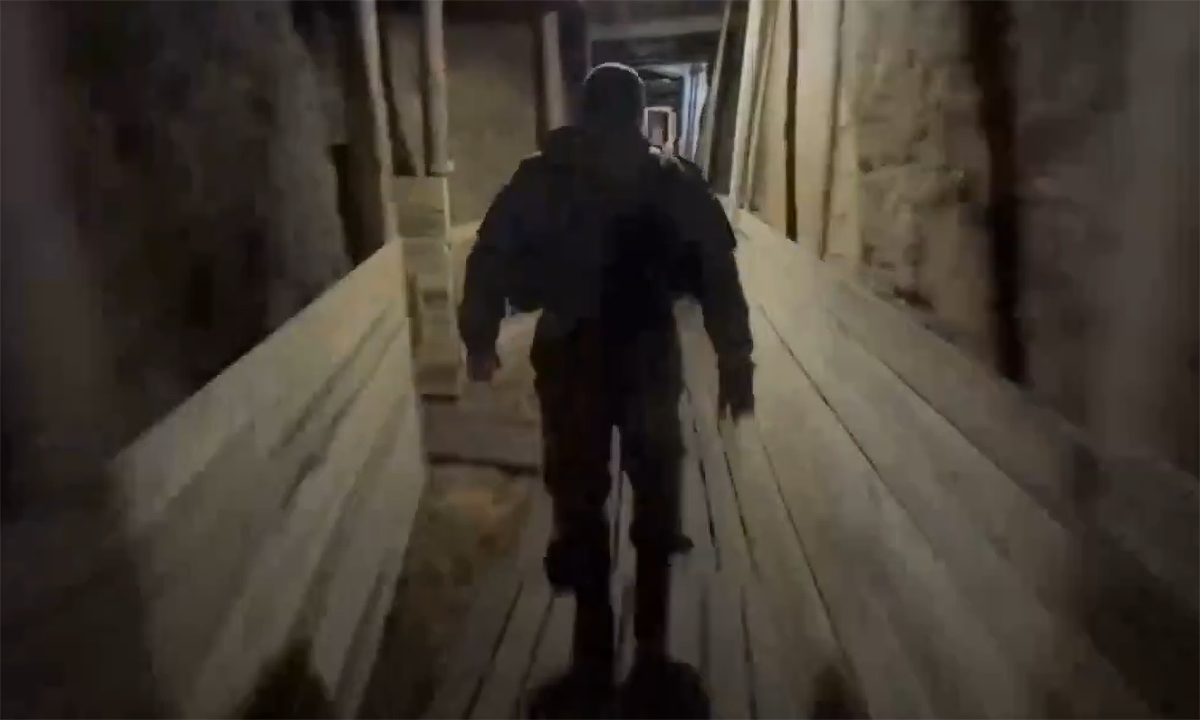

![[Video] Approval of the Master Plan for the Construction of a High-Tech Forestry Zone in the North Central Region](https://vstatic.vietnam.vn/vietnam/resource/IMAGE/2025/4/12/93e860e3957940afaaab993c7f88571c)
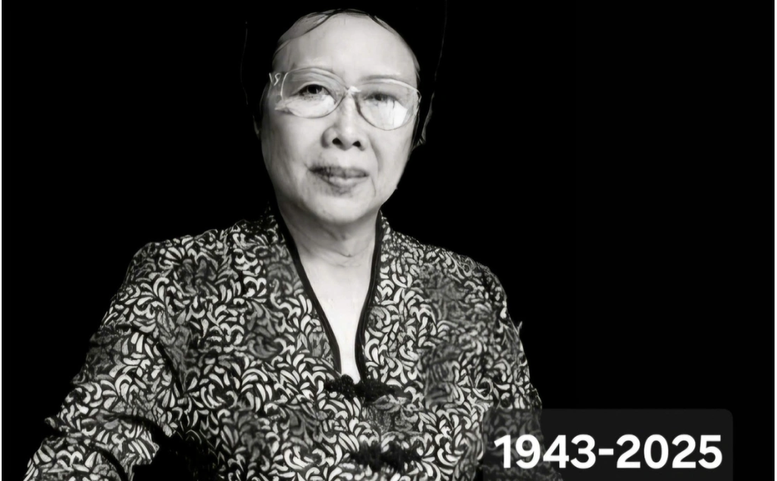













![[Photo] "Beauties" participate in the parade rehearsal at Bien Hoa airport](https://vstatic.vietnam.vn/vietnam/resource/IMAGE/2025/4/11/155502af3384431e918de0e2e585d13a)





























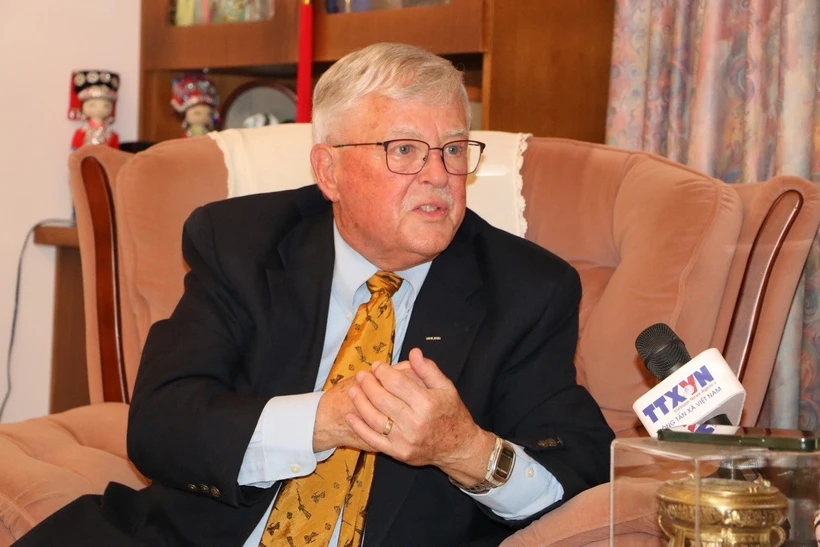





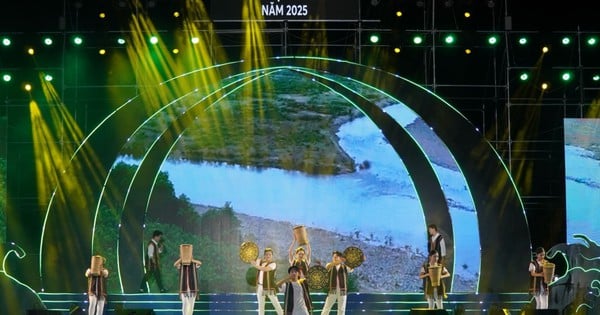
























Comment (0)